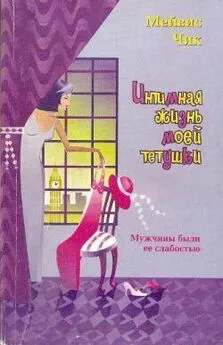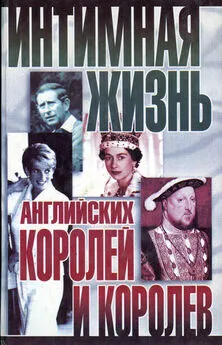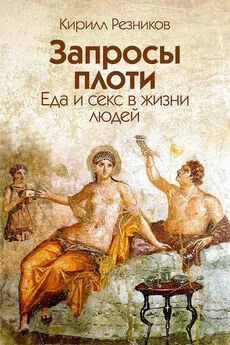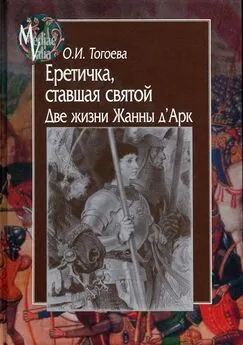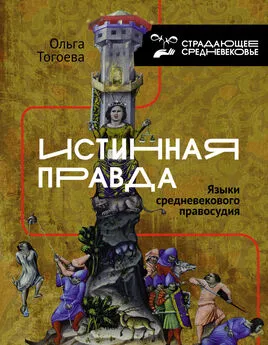Ольга Тогоева - Дела плоти. Интимная жизнь людей Средневековья в пространстве судебной полемики
- Название:Дела плоти. Интимная жизнь людей Средневековья в пространстве судебной полемики
- Автор:
- Жанр:
- Издательство:Центр гуманитарных инициатив
- Год:2018
- Город:СПб.
- ISBN:978-5-98712-838-1
- Рейтинг:
- Избранное:Добавить в избранное
-
Отзывы:
-
Ваша оценка:
Ольга Тогоева - Дела плоти. Интимная жизнь людей Средневековья в пространстве судебной полемики краткое содержание
Книга адресована историкам, правоведам, филологам, культурологам, а также широкому кругу читателей, интересующихся историей повседневности и частной жизни.
Дела плоти. Интимная жизнь людей Средневековья в пространстве судебной полемики - читать онлайн бесплатно полную версию (весь текст целиком)
Интервал:
Закладка:
Рипер, Франсуа — 297
Ричард I, король Англии — 145
Ришар, Жан-Батист — 281, 283–285,287-288, 291–298, 300, 305
Ришар из Сен-Дени — 176—177
Ришелье, Арман Дюплесси де — 240
Ришло Р. - 281-282
Ришмон, Артур де — 222-224
Робийар, Жан — 113
Рок Ф. - 74
Ронкайя, Роландино — 156–157,160-161
Россьо Ж. - 150, 165
Ротари, король лангобардов — 100
Рош, Маргарита-Мари-Жакмин — 279
Рош, Ноэль — 279–280, 296-297
Рошфор, Жак де — 56
Рошфор, сир де — 213
Руаго, Жан — 107-108
Рувруа, Жиль де — 224
Руджеро Г. - 55, 59,62
Рюйи, Аннекин де — 183–195, 198–199, 201–202,216, 244
Рюйи, Люсет де — 183, 189, 192, 195, 198, 201
Рюйи, Масет де — 186, 189–195, 197–202, 216, 228, 244, 261,305
Сабатье, Одетт — 53
Саль, Робер де — 45, 46, 54–55, 57
Самарино, Франческо — 248
Сатана — 80-81
Светоний — 155
Сен-Дидье, Жанна де — 170
Сенкевич, Генрик — 99
Сен-Ло, Флоран де — 111,290–291
Сент-Клер, Невилл — 162
Серегина А.Ю. - 14
Сеспедес, Элено де — 159-160
Симона, супруга Жана Невиля — 200
Сирмон, Жак — 272
Стире, Нильс — 82
Стоу, Джон — 86
Строев А.Ф. - 293
Сугерий — 86
Сулли, Морис де — 152, 164
Суннанвадер, Педер — 82
Таис, св. — 151
Тацит — 74
Теве, Андре — 238, 243
Теофраст — 20
Тертулиан — 80
Тиндарида — 131
Тиньонвиль, Гийом де — 20-23
Тирако, Андре — 105
Тлеполем — 77
Томассен, Матье — 235
Тогоева И.А. - 14
Трай, Элиссон де ла — 107,112
Треналь, дама де — 40
Трюкан, Жан — 170
Ту, Жак-Огюст де — 257
Турень, сеньор де — 60
Турне, дамуазель де — 180
Тьера, Жан — 200
Тюбе, Гийометт ла — 199
Тюизи, сеньор де — 64
Тюрлюр, Перрот — 46, 52, 53
Удар С. - 254
Удрак, мэтр — 231
Уинстенли, Уильям — 87
Уокер А. - 267
Уорнер М. - 244
Уппо, Робер — 265
Урсен, Жан Жувенель дез — 172
Урызмаг — 80-81
Фавареск, Перро — 121–125,139-142,302
Фелип, Колетт — 175
Фербер С. - 267
Филипп Добрый, герцог Бургундский — 221–222, 233–235, 239
Филипп, митрополит Московский — 83
Филипп II Август, король Франции — 60
Филипп III, король Франции — 60
Филипп IV, король Франции — 60
Филипп VI, король Франции — 60, 102
Филиппа, супруга Адама Бигона — 199
Флави, Гектор де — 220,224–225,227-228
Флави, Гийом де — 219–244, 246, 305–306
Флави, Жан де — 220
Флави, Луи де — 220, 238-239
Флави, Рауль де (сын) — 220, 230-231
Флави, Рауль де (отец) — 220
Флави, Шарло де — 224
Флави, Шарль де — 220, 224–225, 227–228, 230
Флавий Иоанн — 78, 92
Фокли, Уильям — 147
Фольвиль, Жан де — 170
Фома Аквинский — 151
Фонтен, Жан — 204
Франсьер, Анна де — 226
Фрейденберг О.М. - 88, 91
Фреш, Джон — 146
Фридрих I Гогенштауфен, император Священной Римской империи — 86
Фуке, Жан — 86
Фульбер, каноник — 58
Халитгар — 34
Харита — 77
Хартвел-младший, Абрахам — 272
Хаус, Грегори — 93
Хикс Э. - 23
Хиндасвинт, Флавий, король вестготов -100, 136
Холл, Эдвард — 87
Цезарий Гейстербахский — 59
Цицерон — 159
Цицикорэ — 81
Чобэм, Томас — 152
Чолокашвили, Бидзин, св. — 84, 89
Шампион П. - 219–220, 225
Шап, Жиар де — 127
Шарло Конверс — 60
Шартр, Жак де — 214
Шартр, Реньо де — 220, 222, 236
Шартье, Жан — 234-235
Шартье, Симон — 51-52
Шасне, Бартелеми де — 104–105,117 Шатейон, Диманш де — 121
Шателен, Жорж — 237, 243
Шевро, Анна — 259–271 Шико, Жанно — 138
Шиффоло Ж. - 165
Шмитт-Пантель П. - 71–72, 75–76 Шуази, аббат де — 289
Шуасоль, Галео де — 60
Эгремон, сир д’ — 60
Эдуард II, король Англии — 145 Эйнхард — 155
Эквен, сир д’ — 178
Элизбар и Шалва, эриставы Ксанские — 84
Элоиза — 56, 58
Эльда, супруга Урызмага — 81
Эльфгива, супруга Кнута Великого — 55 Энгьен, Мариэтт д’ — 177
Эон, шевалье д’ — 289
Эпикур — 20
Эрик XIV, король Швеции — 82
Эрикур, Кристофль де — 267, 269
Эскуши, Матье д’ — 219, 236 Эсмеральда — 99
Эстре, Диана д’ — 104
Этвуд, Джон — 86
Этуаль, Пьер де л’ — 248, 255, 258–259, 262, 271, 305
Юген, Кола — 208
Юстиниан — 65, 137
Якобсон Р. - 300
Summary
This book is an attempt to study what is usually hidden in the historical sources — the particulars of private life of the people in the Middle Ages and in the early Modern Times, their personal experiences, their marital love and betrayals, the unshared feelings, friendship, offence, their attempts to solve family problems on their own or resorting to the judicial authorities. The research is based primarely on the archival records (Archives Nationales de la France. Série JJ — Registres du Trésor des chartes; Série X 2a — Registres criminels du Parlement de Paris; Série Y — Châtelet de Paris) and presents a micro-historical work.
The heroes of the stories collected here were the simplest townsfolk who were almost never mentioned in the chronicles, theological and didactic treatises or in the fiction literature. They could get into the view of a historian, only if they were involved in various crimes and the judges began to be interested in them. The records of the criminal investigations, which were carefully conducted in the French Kingdom for many centuries, allow partly to penetrate the secrets of its inhabitants, to hear how they talked about the most intimate moments of their existence, to know what they believed permissible to discuss publicly, and what they didn’t, to understand what legal and cultural ideas they were guided by.
Thus, the study begins with the problem of the admissibility of public discussion of the details of private and intimate life, from the point of view of the people of the Middle Ages. The author raises the question whether such a topic was an absolute taboo for them or whether there could be some circumstances which could allow such a conversation. How controversial were the opinions on this issue among enlightened intellectuals and ordinary people, as well as how it was covered in the sources of various genres. Finally, what was considered possible by applicants and defendants, as well as their witnesses, to tell in the court of law, to what details they paid special attention, what they tried to hide from the audience and what goals they pursued in their confessions.
The analysis of the legal norms that guided the people of the Middle Ages and of the Modern Times in solving their private problems is no less important for the author. She studies what actions these individuals considered as the sexual crimes and what measures to combat them the French society provided; how the ordinary citizens combined in their consciousness the belief in the practice of mob justice and in the official judicial control over their private lives; and how this belief was connected with the understanding of honor and dignity of the particular men and women.
Finally, the author analysed in detail the traditional idea about the role of the local custom in resolving disputes concerning private and intimate life of the French which was common in the Kingdom not only in the Middle Ages and in the early Modern Times, but also in a much later period. That was a custom which had nothing to do with the King’s law or with the written law used in particular provinces, but along with that was an unwritten norm, which was used primarily in the criminal proceedings.
In this general cultural and legal background of the people of the Middle Ages and of the Modern Times were analysed the particular stories of their lives which had been saved for us in the judicial records, as well as (in rare cases) in some other texts: chronicles, personal memoirs and correspondence, pamphlets, theological and didactic writings, Church documents and the statutes of the artisan corporations. Each chapter of the second and third parts of the book is a story about a certain court case, most often associated with a certain type of crime — sodomy, prostitution, adultery, verbal abuse, fraud, murder, etc.
But the main emphasis of this analysis was not to make clearer the legal implications of all these numerous atrocities, some of which the medieval and modern lawyers, to tell the truth, were occasionally unable to define precisely. Much more attention is paid here to the heroes of these stories — to their personal experiences, to their complex relationships, to their feelings for each other, to their attempts to become — or at least to seem — loved, lucky and, after all, happy. The way they talked about their private and intimate lives within the walls of judicial court, what they wanted to pay maximum attention to, what tricks they used in order to justify their actions — that’s what is at the center of this study.
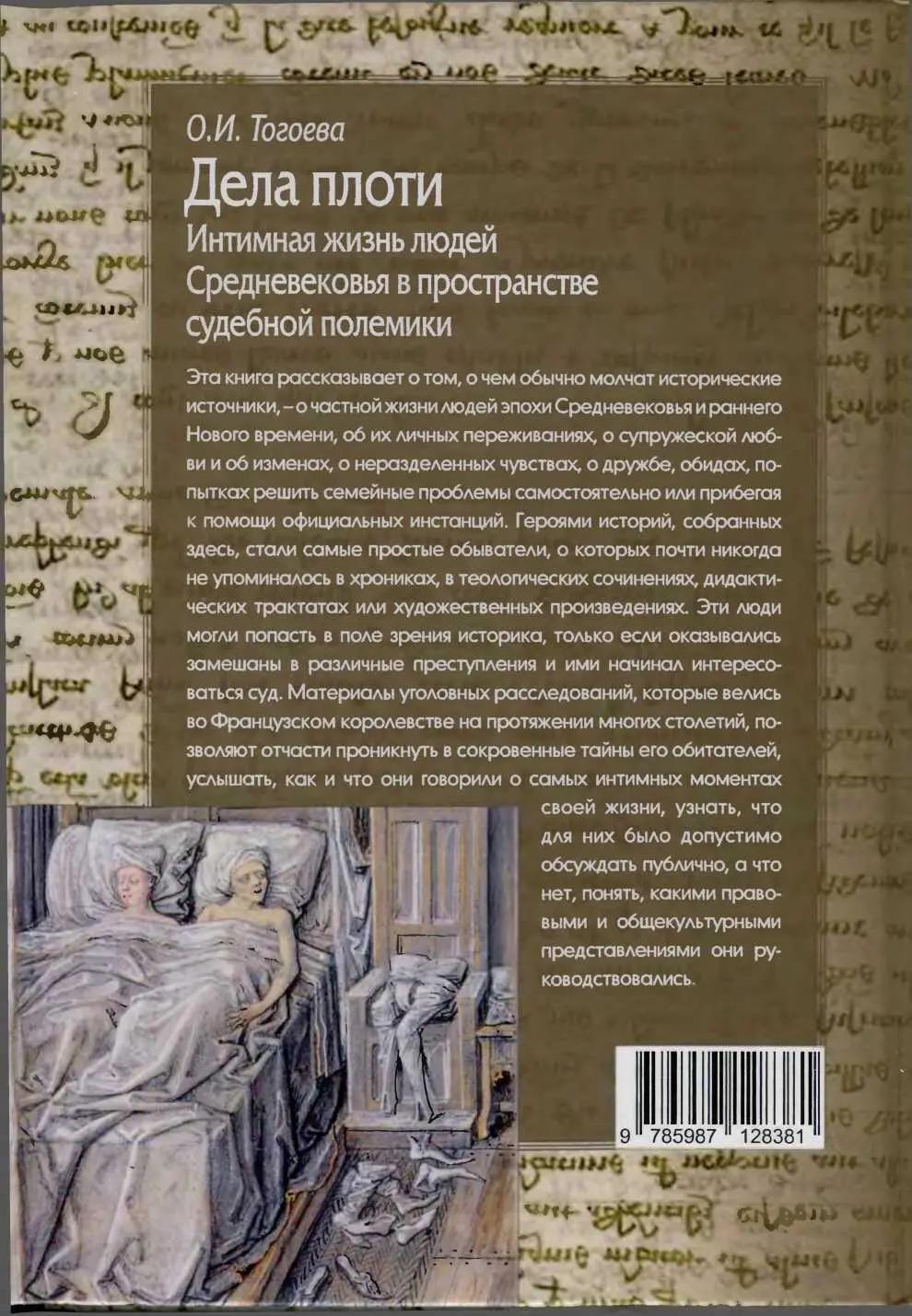
Примечания
1
ANE X 2а 4, fol. 143 (décembre 1341).
2
“Se il estoy vray qu’elle feust grosse de Pierre de Bouligny, pere dudit feu Jehan Bouli-gny son mary et qu’il vouldroit bien savoir se elle en estoit grosse” (ANE JJ 160. № 96, novembre 1405).
3
Интервал:
Закладка:


